I'm trying to convert JDE dates, and have amassed a large quantity of information and figured I'd try to do an SQL conversion function to simplify some tasks.
Here's the function I came up with, which I simply call "ToGregorian"
CREATE FUNCTION [dbo].[ToGregorian](@julian varchar(6))
RETURNS datetime AS BEGIN
DECLARE @datetime datetime
SET @datetime = CAST(19+CAST(SUBSTRING(@julian, 1, 1) as int) as varchar(4))+SUBSTRING(@julian, 2,2)+'-01-01'
SET @datetime = DATEADD(day, CAST(SUBSTRING(@julian, 4,3) as int)-1, @datetime)
RETURN @datetime
END
- Takes a "julian" string.
- Takes the first letter and adds it to century, starting from 19th.
- Adds decade and years from the next 2 characters.
- Finally adds the days, which are the final 3 characters, and subtracts 1 as it already had 1 day in the first setup. (eg. 2011-01-01)
- Result ex:
111186=>2011-07-05 00:00:00.000
In my opinion this is a bit clumsy and overkill, and I'm hoping there is a better way of doing this. Perhaps I'm doing too many conversions or maybe I should use a different method alltogether?
Any advice how to improve the function?
Perhaps a different, better, method?
Wouldn't mind if it could be more readable as well...
I've also got an inline version, where if for instance, I only have read privileges and can't use functions, which also looks messy, is it possible to make it more readable, or better?
CAST(REPLACE(Convert(VARCHAR, DATEADD(d,CAST(SUBSTRING(CAST([column] AS VARCHAR), 4,3) AS INT)-1, CAST(CAST(19+CAST(SUBSTRING(CAST([column] AS VARCHAR), 1,1) AS INT) AS VARCHAR)+SUBSTRING(CAST([column] AS VARCHAR), 2,2) + '-01-01' AS DATETIME)), 111), '/', '-') AS DATETIME)
